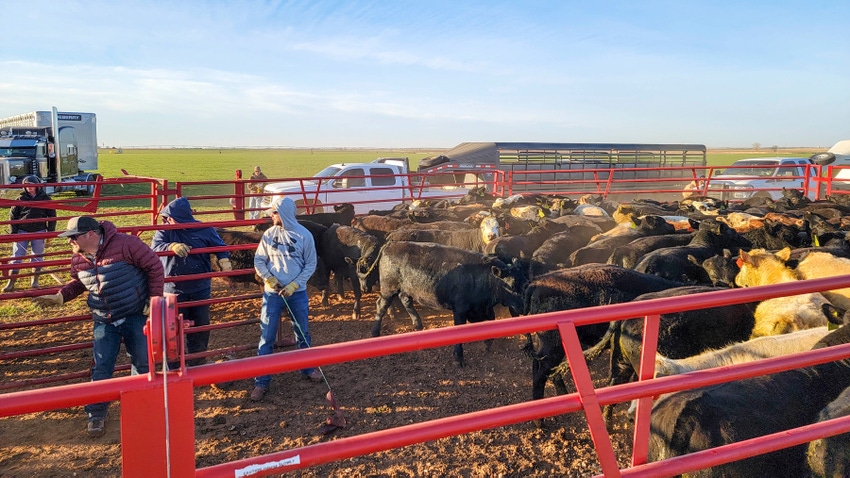Opening Development Possible: Bagley Risk Management Approaches
Wiki Article
Comprehending Livestock Risk Protection (LRP) Insurance: A Comprehensive Overview
Navigating the realm of livestock danger protection (LRP) insurance can be a complicated undertaking for several in the agricultural sector. From exactly how LRP insurance coverage works to the numerous coverage alternatives readily available, there is much to reveal in this extensive guide that might possibly form the means livestock producers approach risk management in their companies.

Exactly How LRP Insurance Coverage Works
Periodically, understanding the technicians of Animals Threat Protection (LRP) insurance coverage can be complicated, yet damaging down just how it functions can give clarity for farmers and breeders. LRP insurance coverage is a danger administration tool developed to secure livestock producers against unforeseen cost declines. It's essential to note that LRP insurance policy is not a revenue guarantee; rather, it focuses solely on price risk protection.Qualification and Coverage Options

When it involves coverage choices, LRP insurance uses manufacturers the adaptability to choose the protection degree, coverage period, and recommendations that ideal suit their risk administration requirements. Insurance coverage degrees usually vary from 70% to 100% of the anticipated finishing worth of the insured animals. Producers can also choose insurance coverage durations that align with their manufacturing cycle, whether they are guaranteeing feeder livestock, fed cattle, swine, or lamb. Endorsements such as cost danger security can better tailor coverage to safeguard against unfavorable market variations. By recognizing the qualification standards and coverage alternatives readily available, animals manufacturers can make enlightened choices to handle danger properly.
Benefits And Drawbacks of LRP Insurance Coverage
When examining Animals Danger Defense (LRP) insurance, it is essential for livestock producers to weigh the benefits and negative aspects inherent in this danger management device.
Among the primary advantages of LRP insurance policy is its ability to offer defense versus a decline in livestock rates. This can help guard producers from economic losses resulting from market variations. In addition, LRP insurance policy provides a degree of adaptability, allowing producers to customize protection degrees and plan periods to match their details needs. By securing an assured cost for their livestock, manufacturers can much better handle threat and prepare for the future.
One constraint of LRP insurance coverage is that it does not safeguard versus all types of threats, such as illness outbreaks or all-natural disasters. It is essential for manufacturers to thoroughly assess their private risk direct exposure and financial scenario to figure out if LRP insurance is the appropriate danger monitoring tool for their procedure.
Recognizing LRP Insurance Premiums

Tips for Making The Most Of LRP Conveniences
Making the most of the advantages of Animals Risk Security (LRP) insurance policy calls for tactical planning and aggressive risk monitoring - Bagley Risk Management. To make the most of your LRP coverage, think about the complying with pointers:Frequently Examine Market Problems: Keep educated concerning market trends and rate changes in the animals market. By keeping track of these elements, you can make educated choices regarding when to acquire LRP insurance coverage to shield versus possible losses.
Establish Realistic Protection Levels: When choosing protection levels, consider your production costs, market value of livestock, and potential threats - Bagley Risk Management. Establishing sensible insurance coverage levels guarantees that you are adequately protected without paying too much for unneeded insurance coverage
Expand Your Insurance Coverage: Rather than depending exclusively on LRP insurance policy, take into consideration expanding your threat monitoring strategies. article Combining LRP with various other threat administration tools such as futures agreements or choices can supply extensive coverage why not look here versus market uncertainties.
Review and Readjust Protection On a regular basis: As market conditions transform, regularly review your LRP insurance coverage to ensure it straightens with your existing threat direct exposure. Adjusting protection levels and timing of purchases can help maximize your danger defense method. By following these pointers, you can take full advantage of the benefits of LRP insurance policy and protect your animals operation against unpredicted risks.
Verdict
Finally, animals risk security (LRP) insurance is a useful tool for farmers to handle the economic risks connected with their animals operations. By recognizing how LRP works, qualification and coverage choices, along with the benefits and drawbacks of this insurance coverage, farmers can make informed decisions to protect their livelihoods. By carefully taking into consideration LRP premiums and implementing approaches to maximize benefits, farmers can mitigate potential losses and guarantee the sustainability of their procedures.
Animals manufacturers interested in getting Livestock Risk Security (LRP) insurance policy can discover a variety of qualification requirements and protection alternatives tailored to their specific animals operations.When it comes to protection options, LRP insurance coverage uses manufacturers the adaptability to pick the insurance coverage degree, insurance coverage duration, and recommendations that finest fit their danger monitoring demands.To realize the intricacies of Livestock Risk Defense (LRP) insurance fully, comprehending the factors influencing LRP insurance coverage costs is crucial. LRP insurance coverage premiums are determined by various components, consisting of the protection level chosen, the anticipated cost of livestock at the end of the coverage duration, the kind of livestock being guaranteed, and the size of the protection period.Testimonial and Change Protection On a regular basis: As market conditions change, occasionally assess your LRP coverage to guarantee it straightens with your present threat exposure.
Report this wiki page